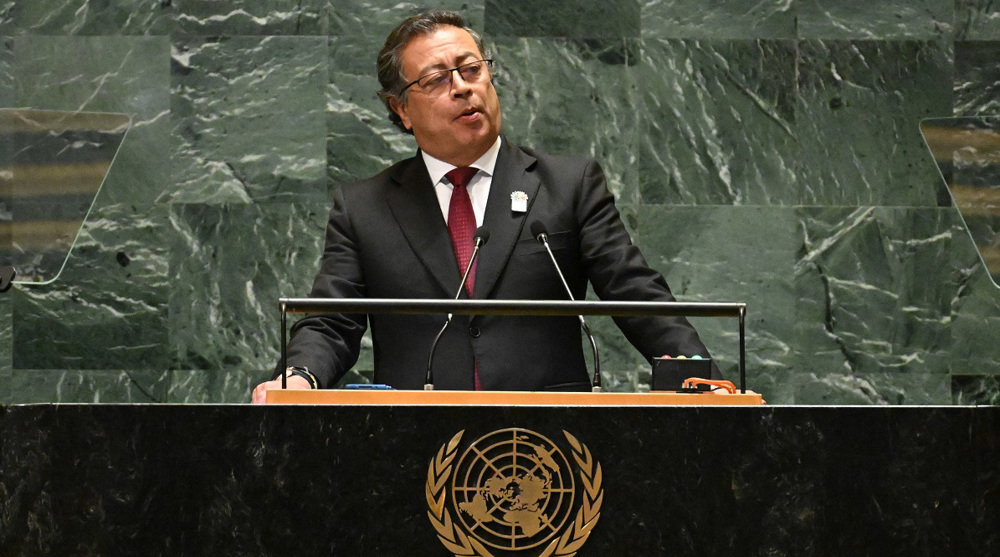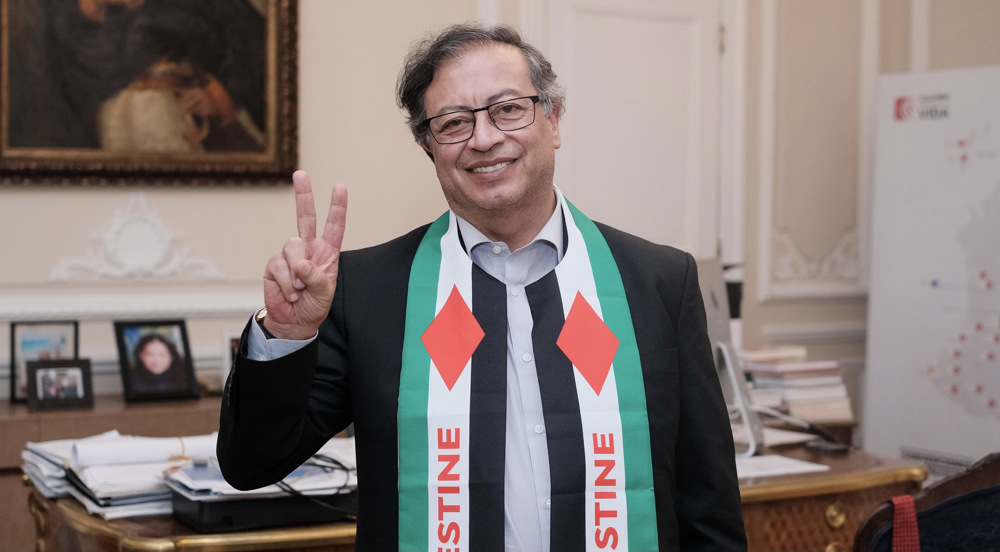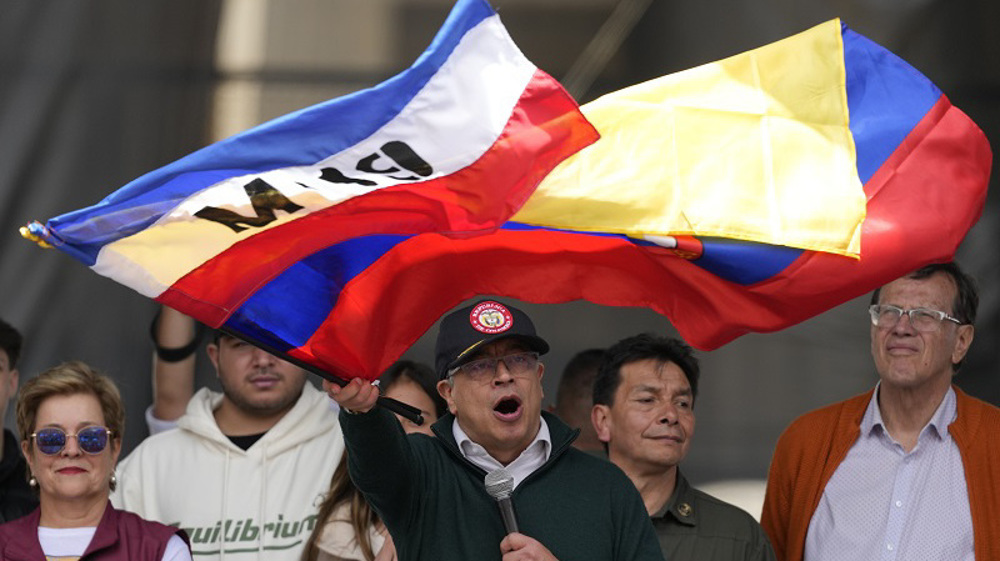Colombia government, FARC rebels reach peace deal after four years of talks
The Colombian government and the FARC rebels in the country say they have reached a deal on a comprehensive ceasefire after four years of peace talks, marking an end to a half-century of bloodshed and guerrilla war.
“We have successfully reached an agreement for a definitive bilateral ceasefire and end to hostilities,” the two sides said in a joint statement on Wednesday.
Colombian President Juan Manuel Santos and the leader of the leftist guerrilla group, Rodrigo Londono, will travel to the Cuban capital, Havana, on Thursday to officially unveil and sign the peace deal in a ceremony, with other Latin American leaders due in attendance.
The United Nations (UN)’s Secretary General Ban Ki-moon has said he will also travel to Havana for the signing ceremony.
President Santos said in a statement on Wednesday, “Tomorrow will be a great day. We worked for peace in Colombia, a dream which is now becoming reality.”
The FARC, also known as the Revolutionary Armed Forces of Colombia, is the largest rebel group in Colombia and has an estimated 7,000 fighters. It has been at war with the government in Bogota since the guerrilla movement rose to prominence in 1964.
So far, more than 220,000 people have been killed in clashes between the two sides and 6.6 million others have been displaced. Moreover, a further 45,000 people are said to be missing.
In addition to the ceasefire deal, the FARC rebels have also agreed to lay down arms.

Back in late January, Londono, the FARC leader, had said that the group would end its armed struggle once an accord was signed and would take up the “political struggle.” He also said that the FARC’s political party could participate in Colombia’s 2018 legislative and presidential elections.
“We will be in politics without arms. We will enter a political scenario where it will be fundamental to unite the largest number of forces possible to guarantee the deal is fulfilled,” Londono said.
The two sides had missed a self-imposed deadline of March 23 to sign a final accord for a ceasefire. However, they made several key advances in recent months in the bumpy road to peace.
Earlier, several main areas of disagreement had been discussed, namely transitional justice, land reform, political participation for former rebels, putting an end to drug trafficking, removing the land mines, efforts to find missing persons, disarmament, and the mechanism by which the final accord will be ratified.
With the announcement of the deal, all issues are presumed to have been resolved.
Iran’s economy grew 2.7% y/y in Sep quarter: CBI
VIDEO | Freelancers in Gaza strive to stay online amid genocide
Mikati demands Israel's withdrawal from south Lebanon
Yemeni army strikes Israeli military sites with drones
‘Clock ticking’: UNRWA slams unjustifiable killing of children in Gaza
BP to be sued in Britain for supplying oil to Israel
VIDEO | Press TV's news headlines
Israeli strikes on north Gaza hospital ‘extremely dangerous, terrifying’: Director













 This makes it easy to access the Press TV website
This makes it easy to access the Press TV website